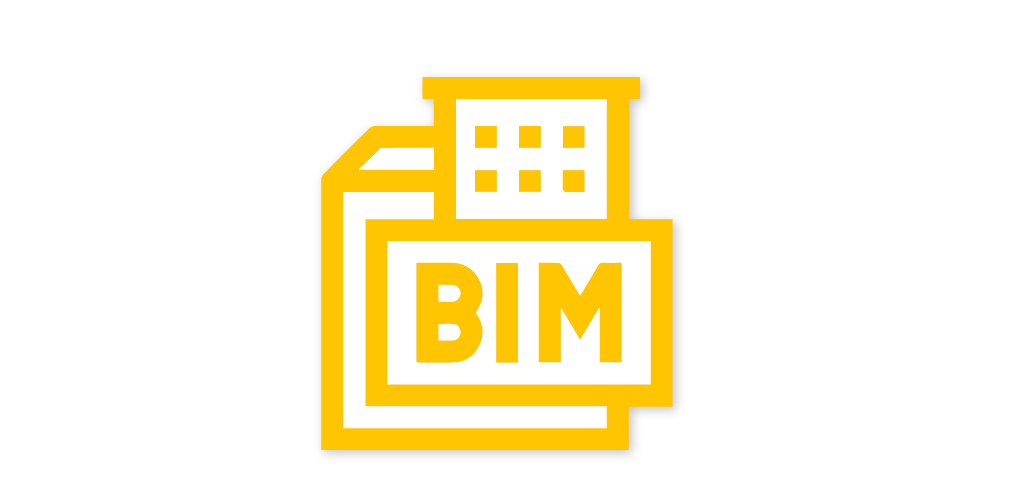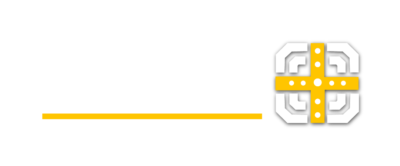Building Information Modeling (BIM)
Advanced BIM Solutions For Efficient And Collaborative Project Management.
We Provide Comprehensive Building Information Modelling (BIM) Services To Enhance Collaboration, Optimise Workflows, And Minimise Risks, Ensuring Precision And Efficiency Throughout The Project Lifecycle. Let’s Build Smarter!
Citotech Integrated Services offers advanced Building Information Modeling (BIM) solutions, strategically designed to enhance project management, promote collaboration, and facilitate informed decision-making. Our BIM services provide a comprehensive project overview, optimizing workflows and minimizing risks across the entire project lifecycle, ensuring efficiency and precision at every stage.

Building Information Modeling (BIM) is a powerful digital tool that transforms the way building projects are planned, designed, and executed. It involves creating a detailed 3D model of a building or infrastructure that integrates physical, functional, and operational data. BIM services play a crucial role in improving project management, enhancing collaboration, and ensuring informed decision-making throughout the entire project lifecycle. Here’s why BIM services are important and the key aspects they cover:
Importance of Building Information Modeling (BIM):
Enhanced Collaboration: BIM fosters collaboration between architects, engineers, contractors, and other project stakeholders. The shared 3D model enables all team members to work from the same up-to-date information, reducing errors, improving communication, and ensuring everyone is aligned throughout the project.
Improved Project Efficiency: BIM enables the simulation of the entire construction process before physical work begins. By optimizing workflows and providing a virtual representation of the project, BIM helps identify potential issues, clashes, or inefficiencies early on, which can be addressed proactively to save time and costs.
Accurate Decision-Making: The data-rich nature of BIM allows for better-informed decisions at every stage of the project. From design to construction and even operations, BIM provides real-time information and insights that help stakeholders make more accurate, data-driven decisions, leading to better outcomes and fewer costly mistakes.
Risk Mitigation: BIM’s ability to simulate and analyze a project in a virtual environment before construction starts helps identify potential risks and conflicts. By spotting issues such as design flaws, spatial conflicts, or compliance issues early, BIM reduces the likelihood of delays, rework, and cost overruns during the actual construction phase.
Cost and Resource Management: BIM provides detailed material take-offs, quantities, and cost estimations, helping project teams manage resources more effectively. By providing insights into material requirements and procurement schedules, BIM minimizes waste, optimizes purchasing, and helps keep the project within budget.
Sustainability and Energy Efficiency: With BIM, energy simulations and sustainability assessments can be conducted during the design phase. This allows for optimization of building performance, reducing energy consumption, and ensuring environmental sustainability by considering factors like lighting, insulation, HVAC, and renewable energy integration.
Key Aspects of Building Information Modeling (BIM) Services:
3D Modeling and Visualization: BIM allows for the creation of highly detailed 3D models that visually represent the building’s physical and functional characteristics. These models provide a realistic view of the final structure, which helps all stakeholders understand the design intent and make adjustments early in the process.
Clash Detection and Coordination: BIM uses advanced software to automatically detect clashes and conflicts between different systems (e.g., structural, electrical, plumbing). This allows teams to resolve issues before construction begins, avoiding costly and time-consuming changes during the building phase.
Construction Sequencing and Simulation: BIM provides the ability to simulate the construction process, including the sequencing of activities and the coordination of resources. This allows teams to anticipate potential delays, optimize construction schedules, and improve workflow efficiency.
Integrated Project Delivery (IPD): BIM facilitates Integrated Project Delivery (IPD), where all project stakeholders—owners, designers, contractors—work together in a collaborative and integrated manner. This approach promotes greater transparency, trust, and shared responsibility, leading to smoother project execution and reduced risk.
Facility Management and Maintenance: BIM models are not just valuable during the design and construction phases; they also serve as an important tool for facility management. Once the project is complete, the BIM model can be handed over to building operators for ongoing maintenance, asset management, and future renovations, streamlining long-term building operations.
Sustainability and Performance Analysis: BIM tools allow for the analysis of a building’s environmental impact by assessing its energy efficiency, natural lighting, and resource use. This allows for more sustainable designs and operations that reduce environmental footprint and improve energy performance.
Document Management: BIM streamlines document management by consolidating all project-related information—design plans, schedules, specifications, and more—into one central repository. This makes it easier to access up-to-date project data, ensuring that all stakeholders are working with the latest information.
Cost Estimation and Quantity Takeoff: BIM software can generate detailed material takeoffs and cost estimates based on the model. This ensures that material quantities are accurate, reducing waste and helping with procurement, while also providing a clearer understanding of project costs from the outset.
Collaboration with Subcontractors and Suppliers: BIM allows subcontractors and suppliers to interact with the model, helping them understand the project’s design and construction requirements. This leads to better coordination, fewer delays, and a more efficient supply chain.
Lifecycle Management: BIM’s data-rich models track the entire lifecycle of a building, from design and construction to operation and maintenance. This information can be used for building maintenance, future upgrades, and renovations, providing long-term value well beyond the initial construction phase.
In summary, Building Information Modeling (BIM) services play a vital role in improving the overall efficiency, accuracy, and collaboration throughout the lifecycle of a project. By creating a comprehensive digital model of the building, BIM enhances project management, facilitates better decision-making, and mitigates risks. It provides a more holistic view of the project, streamlines workflows, ensures cost control, and helps achieve sustainability goals. Whether for new construction, renovation, or facility management, BIM ensures that every stage of the project is executed with precision, transparency, and collaboration.
